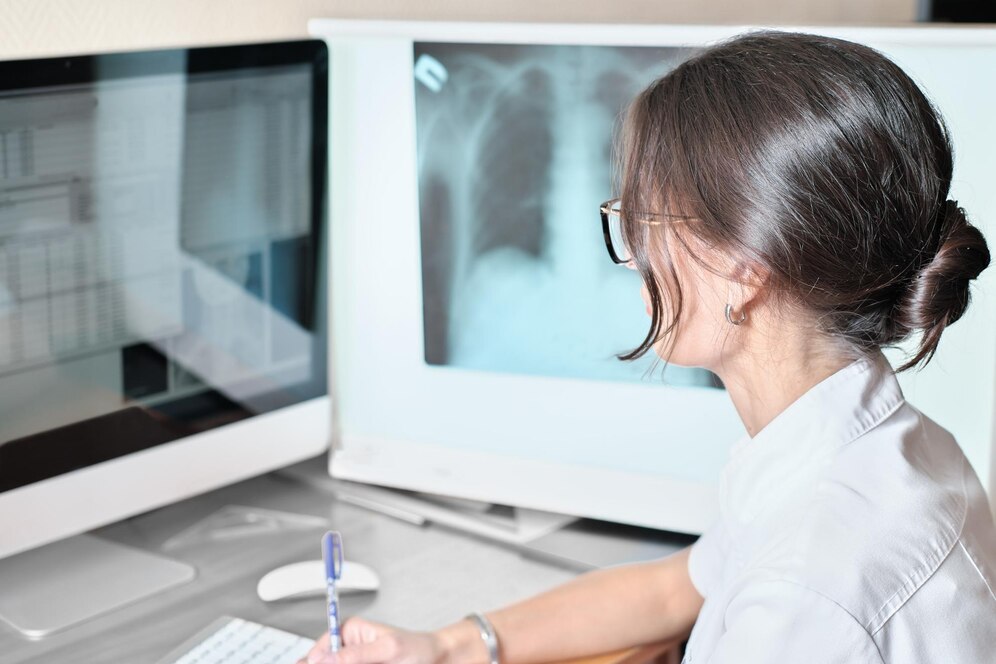Revolutionizing Health Monitoring with AI and Signal Processing
Briah.ai is your AI-powered partner in next-generation health intelligence, helping insurers assess risk more accurately, reduce claim costs, and deliver better value to clients.
Briah.ai Technology Overview
Transform any camera-equipped device into a powerful, non-invasive health monitoring tool
Photoplethysmography (PPG)
Photoplethysmography (PPG) is a well-established, non-invasive optical technique used for measuring physiological parameters. PPG has been in use since 1942 in oximeters, which are still commonly found in hospitals today. It’s also integrated into many modern wearables to monitor health indicators such as heart rate, oxygen saturation, blood pressure, and more.
The technique works by emitting light into the tissue on the surface of the skin and detecting the light transmitted or reflected back. These light variations correspond to changes in blood volume. By measuring the changes in light absorption caused by these variations, PPG enables the assessment of a wide range of physiological characteristics.

Two Powerful Modalities
(Remote PPG / rPPG)
Users can perform a health check by recording a short (35–60 second) video selfie at rest. Briah.ai’s proprietary technology remotely generates a PPG signal from the video, filters out noise, and extracts health indicators using robust AI algorithms.
The data stays on the device, ensuring complete user privacy.
(Using Wearable PPG Sensors)
For ongoing monitoring, users can connect a compatible PPG sensor (e.g., Polar Verity Sense™) via Bluetooth. The signal is processed in real time by the Briah SDK and displayed directly on the user’s device.
Continuous monitoring provides deeper insights into health patterns over time.
Vital Signs & Health Indicators Measured
Comprehensive health monitoring with just a smartphone camera
[Under research: Hemoglobin, Hemoglobin A1C, cholesterol, glucose, tuberculosis risk]
Key Technology Highlights
What makes Briah.ai’s technology unique and powerful
How Briah.ai Works
A technical overview of our advanced signal processing pipeline
1. Data Acquisition
- Video capture (35-60 seconds)
- Face detection & tracking
- Region of interest selection
2. Signal Processing
- PPG signal extraction
- Noise filtering & artifact removal
- Signal quality assessment
3. AI Analysis
- Machine learning models
- Health metrics calculation
- Risk assessment algorithms




